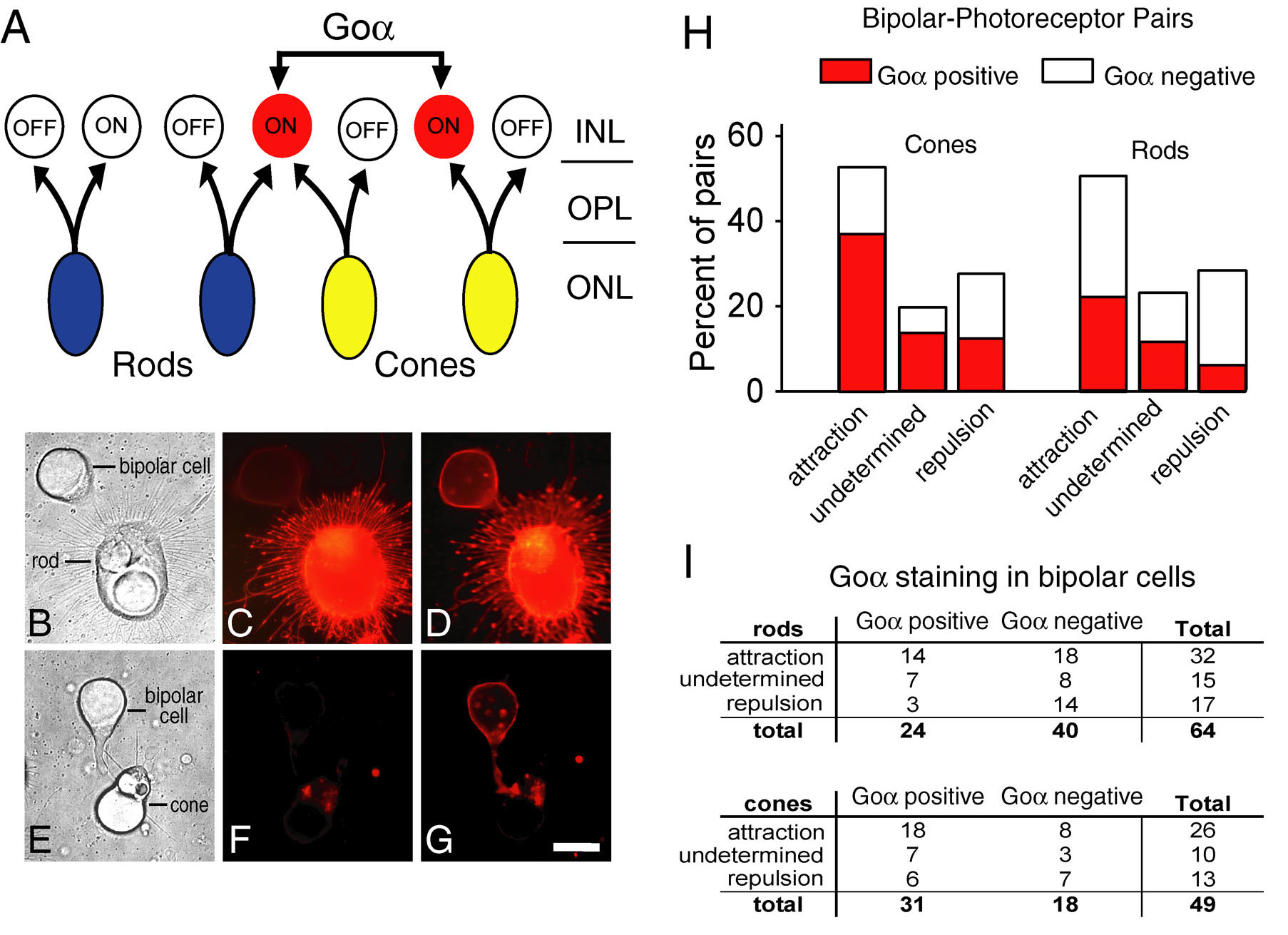Figure 4. Photoreceptors paired with bipolar cells, analyzed for ON and OFF subtype.
A: Schematic diagram of the types of bipolar cells and their inputs in salamander retina (based on [
26,
30,
31]). ON bipolar cells with cone input stain positive for Goα (red). All cone cells contact Goα-positive bipolar cells. In contrast,
for rod cells, only 30% contact Goα-positive cells. Thus, some of the ON bipolars contacted by rod cells are not Goα-positive.
Both cone and rod cells also contact OFF bipolar cells.
B-G: Detection of Goα-positive bipolar cells:
B: A pair consisting of a rod and a bipolar cell was classified as undetermined after 7 days in culture, i.e., the photoreceptor
did not show more growth either toward or away from the target bipolar cell.
C: The rod cell stained immunopositive for rod opsin confirming its identification as a rod cell.
D: The same pair, after staining for Goα, showed that the bipolar cell stained immunopositive for Goα. Goα immunolabel is present
along the cytoplasmic surface of the plasma membrane in all parts of the cell as has been described for salamander bipolar
cells [
26].
E: A pair consisting of a cone cell and a bipolar cell was classified as attractive after 7 days in culture. The attraction
was evident due to more neuritic growth toward than away from the target.
F: After staining for rod opsin, the cone was immunonegative confirming its identification.
G: After Goα staining, the bipolar cell was immunopositive whereas the cone cell retained only background staining. Scale bar
equals 20 µm.
H: Goα-positive and -negative bipolar cells were distinguished in pairs made with cones (n=49) and rods (n=64) for the attracted,
repulsed and undetermined categories (see
I for the actual numbers in each group). Cone and rod cells were both attracted to and repulsed by Goα-positive bipolar cells.
However, for both cone and rod cells, Goα-positive bipolar cells were significantly more attractive than repulsive (p<0.03
and p<0.02, respectively).
I: In vivo about 30% of rod cells contact Goα-positive bipolar cells [
26]. In cultured pairs, the number of rod cells that were attracted to Goα-positive bipolar cells was significantly higher than
expected: about 82% (14 of 17 cells) of Goα-positive cells were attractive to rod cells (p=0.001, tested with the exact binomial
test). Pairs classified as undetermined were not included in the analysis. The proportion of Goα-positive bipolar cells of
the total bipolar cell population is 41% in vivo. The proportion of Goα-positive to Goα-negative cells presented to rod cells
was similar, 38% (24/64) but for cone cells it was 63% (31/49). See text for discussion.
 Figure 4 of
Clarke, Mol Vis 2008; 14:706-720.
Figure 4 of
Clarke, Mol Vis 2008; 14:706-720.  Figure 4 of
Clarke, Mol Vis 2008; 14:706-720.
Figure 4 of
Clarke, Mol Vis 2008; 14:706-720. 